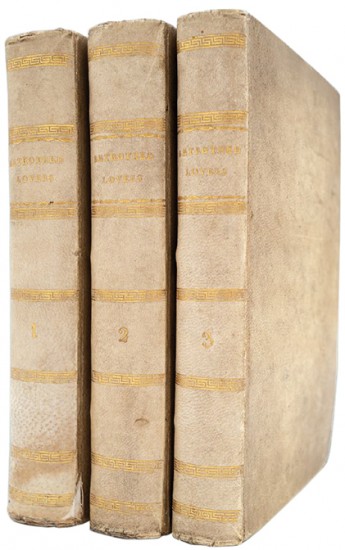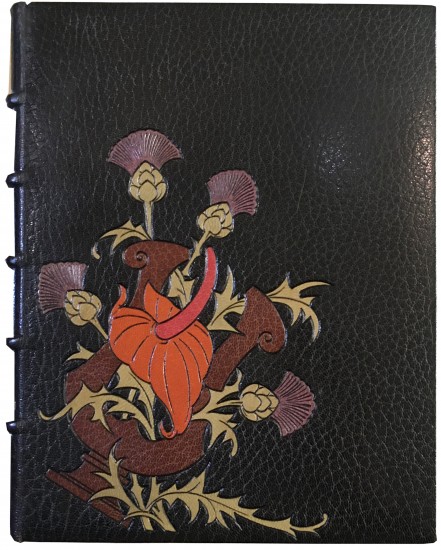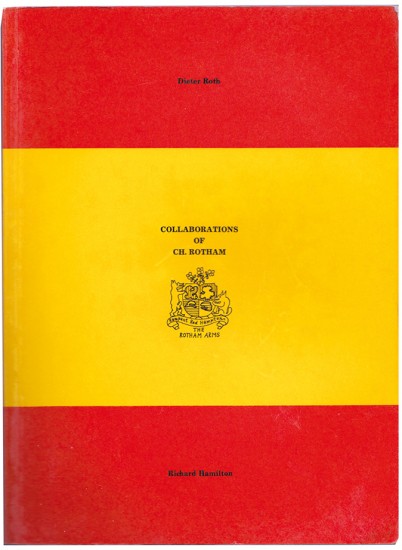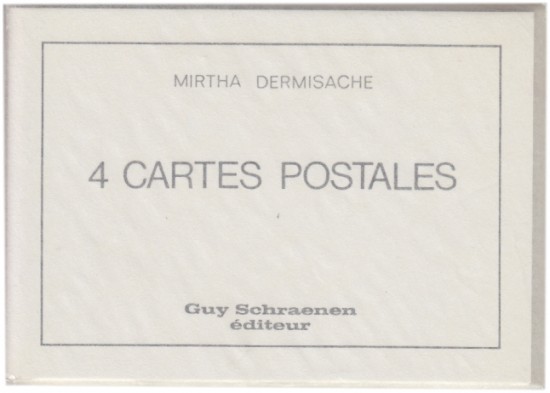Di Lucio Vitruvio Pollione de Architectura Libri Dece traducti de latino in Vulgare affigurati: Comentati: & con mirando ordine Insigniti: per il quale facilmente potrai trovare la multitudine de li abstrusi & reconditi Vocabuli a i soi loca & in epsa tabula con summo studio expositi & enucleati ad immensa utilitate de ciascuno studioso & benivolo di epsa opera
Vitruvius
Como. Gotardo da Ponte for Agostino Gallo and Aloisio Pirovano. 1521
Sold
A large and complete copy of the 'Como Vitruvius' from the library of Baroque architect Domenico Martinelli, the first edition of Vitruvius in the vernacular and one of the most beautiful productions of the treatise.
'First edition of the first translation of Vitruvius into a living tongue.' (Fowler).
The translation was made by Bono Mauro da Bergamo and Benedetto Jovio da Comasio, and the highly original commentary is by Cesare Cesariano. Cesariano (1483-1543), a pupil of Bramante and Leonardo, who later became architect to the city of Milan, was also responsible for many of the very detailed illustrations, which include full-page plans and elevations of the cathedral of Milan, believed to be the first illustrations of Gothic architecture in a printed work.
Cesariano amplifies the text and justifies its continued application by continual references to, and illustrations of, contemporary Roman and Lombardian buildings, and his application of the principles of symmetry and proportion attempts to establish a new language of architectural forms in a way which was later to be codified by Vignola.
'The Como edition of 1521 is the first in Italian - by Cesare Cesariano, a pupil of Bramante. It has splendid new illustrations, some of which are now attributed to Leonardo da Vinci, and is the most beautiful of all the early editions.' (Printing and the Mind of Man).
'De Architectura is the only text of Greco-Roman architecture that has survived from antiquity. Composed by Marcus Vitruvius Pollio (c.90 - c.20 B.C.) in ten chapters, or book rolls, the work was completed when the author was old and defeated.' (Millard).
The Baroque architect Domenico Martinelli, whose ownership inscription graces the title,is synonymous with Baroque architectural development north of the Alps. After studies in Rome at the Academia di San Luca - where he also taught at a later date - and his ordination, Martinelli travelled to Austria and the Habsburg Court where he attracted several important and powerful patrons including the Prince of Lichtenstein, William of Orange (the English King), Count Kaunitz, the Polish King Jan Sobieski and the Elector of Brandenburg. Martinelli worked alongside Fischer von Erlach (a fellow proponent of the Baroque style) and Domenico Rossi on the Lichtenstein Palace in Vienna and was the author of ambitious projects - achieved or not - in Prague, Bohemia, Moravia, the Netherlands and elsewhere. In the early eighteenth-century Martinelli returned to Italy to teach at the Academia in Rome before retiring to his native Lucca.
[Fowler 395; Berlin 1802; Cicognara 698; Millard 158; see PMM 26].
'First edition of the first translation of Vitruvius into a living tongue.' (Fowler).
The translation was made by Bono Mauro da Bergamo and Benedetto Jovio da Comasio, and the highly original commentary is by Cesare Cesariano. Cesariano (1483-1543), a pupil of Bramante and Leonardo, who later became architect to the city of Milan, was also responsible for many of the very detailed illustrations, which include full-page plans and elevations of the cathedral of Milan, believed to be the first illustrations of Gothic architecture in a printed work.
Cesariano amplifies the text and justifies its continued application by continual references to, and illustrations of, contemporary Roman and Lombardian buildings, and his application of the principles of symmetry and proportion attempts to establish a new language of architectural forms in a way which was later to be codified by Vignola.
'The Como edition of 1521 is the first in Italian - by Cesare Cesariano, a pupil of Bramante. It has splendid new illustrations, some of which are now attributed to Leonardo da Vinci, and is the most beautiful of all the early editions.' (Printing and the Mind of Man).
'De Architectura is the only text of Greco-Roman architecture that has survived from antiquity. Composed by Marcus Vitruvius Pollio (c.90 - c.20 B.C.) in ten chapters, or book rolls, the work was completed when the author was old and defeated.' (Millard).
The Baroque architect Domenico Martinelli, whose ownership inscription graces the title,is synonymous with Baroque architectural development north of the Alps. After studies in Rome at the Academia di San Luca - where he also taught at a later date - and his ordination, Martinelli travelled to Austria and the Habsburg Court where he attracted several important and powerful patrons including the Prince of Lichtenstein, William of Orange (the English King), Count Kaunitz, the Polish King Jan Sobieski and the Elector of Brandenburg. Martinelli worked alongside Fischer von Erlach (a fellow proponent of the Baroque style) and Domenico Rossi on the Lichtenstein Palace in Vienna and was the author of ambitious projects - achieved or not - in Prague, Bohemia, Moravia, the Netherlands and elsewhere. In the early eighteenth-century Martinelli returned to Italy to teach at the Academia in Rome before retiring to his native Lucca.
[Fowler 395; Berlin 1802; Cicognara 698; Millard 158; see PMM 26].
[192 leaves; 8 unnumbered leaves, 183 leaves foliated I - CLXXXIII, final leaf with note and errata]. Collation: 8 leaves, 4 without signature, A8 - Z8. Contents: Leaf (i) recto: title page; leaf (i) verso: privileges of Pope Leo X and of Francis I of France; leaf (ii) recto - (vii) verso: index and table of contents; leaf (viii) recto: introduction; leaf (viii) verso: preface; leaf I recto - CLXXXIII recto: text of Book I-X with commentary, ending with colophon; leaf CLXXXIII verso: woodcut printer's device beneath register; leaf CLXXXIV recto: errata, followed by note of the editors A. Gallo and A. de Pirovano; leaf CLXXXIV verso: blank. Folio. (400 x 272 mm). Printed title with elaborate woodcut vignette and privileges verso, printed text illustrated with 117 woodcut illustrations and diagrams (10 full-page), printer's device (a smaller version of that for the title) on Z7 verso, errata and editor's note on Z8 recto, large historiated and foliated white-on-black initials throughout; some minor staining and occasional worming, repairs to the gutters of the last few leaves, the final leaf with the uncorrected heading 'tuta lopera'. Full sixteenth-century vellum, manuscript title to spine.
#46118













